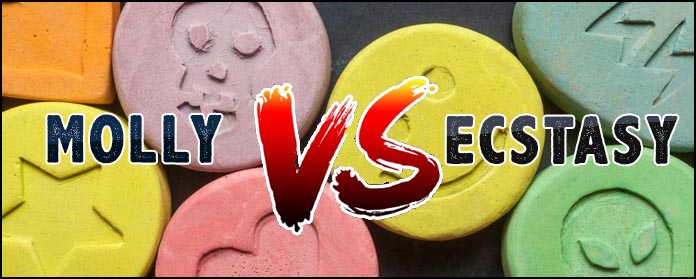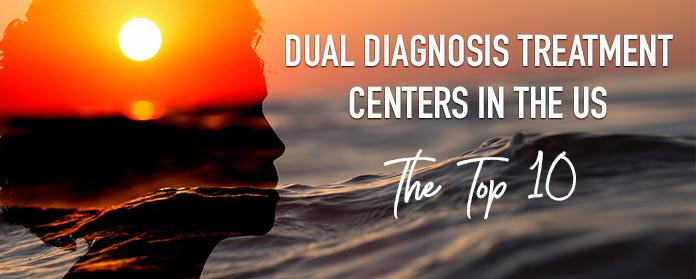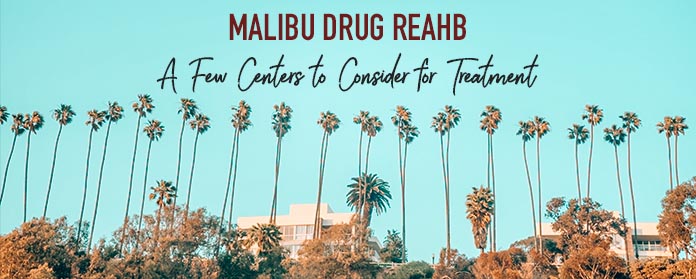It’s called the party drug for a reason. As it often makes an appearance at raves, nightclubs, and music festivals. Since 1999, ecstasy has seen a 71% increase in use.
Yet, there is some confusion over Molly vs. Ecstasy, and what the differences are between them. Both have ties to MDMA, yet each has its own unique background.
Read on for what you need to know about this dangerous drug that’s getting passed around at parties.
[toc]
Molly vs. Ecstasy : Is There a Difference?
MDMA, Molly, Ecstasy, X, Adam, the Love Drug…it goes by many names. All produce a euphoric and energetic high that can last for hours.
People under the influence of these drugs refer to the feeling as “rolling,” which appeals to a party lifestyle. But are these drugs all terms for the same thing, or are there any noticeable differences?
What Is MDMA?
MDMA gets considered the purest form of this type of drug. Pure MDMA would mean that the drug does not get cut with any other chemicals or additives.
MDMA got produced by scientists as a treatment option for depression and PTSD. It most often comes in a powder substance.
What is Esctasy?
Ecstasy gets sold as tablets, with fun logos printed on them. This makes them more appealing and easy to consume in a party environment.
This drug gets cut with a variety of different chemicals. So, each time you take it, the effects can vary a great deal.
What Is Molly?
Molly came around in response to ecstasy gaining negative attention from the media. As people learned that it contained many dangerous chemical additives. But Molly is more of a slang term, than an actual type of drug.
Molly comes in pill capsules, or sometimes gets sold as a powder. It gets a reputation for being purer in form than ecstasy. Meaning that it doesn’t get cut with other drugs.
It’s All About the Branding
When we talk about Molly vs. Ecstasy, Molly may get marketed as a “safer” alternative to party drugs, but it doesn’t mean it’s true.
Many different types of drugs are being labeled and sold as MDMA. Yet, tests show only about 13% of these drugs contain some trace of MDMA.
The big problem is that these party drugs get marketed to younger adolescents. Teens are getting sold a dangerous recipe of unknown drugs in all different doses.
Most of these drugs get manufactured in factories in China and Canada. Then they get smuggled into America and sold as street drugs.
The Effects of Molly vs Ecstasy
Most users ingest these drugs in tablet or pill form. While some may crush the pills to snort them and get the effects quicker.
Effects from ingesting take about an hour to kick in. They can last for more than 5 hours, with after effects for days. These drugs work by stimulating the brain and nervous system.
They enhance the pleasure centers of the brain. This causes feelings of extreme euphoria and energy. As well as an increased affection and intimacy for others.
Those under the influence feel as though they can dance and party all night long. They don’t tire or feel a need to eat any food. They may also experience hallucinations.
Users will likely experience the following physical symptoms:
- Increased heart rate and blood pressure
- Changes in body temperature, like chills and sweating
- Extreme thirst
- Jaw clenching
- Blurred vision
- Muscle cramping
- Reduced appetite
The brain will also increase its production of serotonin, norepinephrine, and dopamine. This causes impaired judgment and a distorted sense of self.
The Dangers of Party Drugs
As these drugs affect the brain and central nervous system, they come with a serious set of risks.
While on the drug, users can experience dehydration or hyperthermia. Kidney and heart failure are also possible, which can be fatal. The drug kills 60 people on average each year.
People may also be more prone to panic attacks and seizures when taking the drug. Users often experience extreme depression as the drug wears off. This is due to a dip in serotonin levels which can last for a week or more.
Ecstasy can cause impulsive and reckless behavior, with a disoriented sense of self. This includes driving under the influence and having unprotected sex. As well as experimenting with other drugs and alcohol at the same time.
Signs of Abuse
Those who struggle with ecstasy addiction often show physical and mental symptoms. They may experience cravings for the euphoria that comes from MDMA related drugs.
Most also develop a higher tolerance, causing them to take larger doses of the drug. Anxiety and insomnia are common signs that someone is abusing or withdrawing from these drugs. As well as memory loss or trouble focusing.
Abuse can even lead to brain damage with long-term use. It can also cause depression to develop. Due to a long-term imbalance of serotonin in the brain.
What’s in That Dose of X? A Deadly Mix of Drugs…
The molly or ecstasy drug contains an ever-changing formula. One that gets cut with toxic chemicals, in unknown doses. It’s important to note that even in pure form, MDMA effects are dangerous and deadly.
These designer drugs often contain a mix of the following:
- Methamphetamine
- Heroin (classified as one of the most addictive drugs)
- Cocaine
- Ketamine
- Amphetamine
- PCP
- GHB
Studies show some of these drugs even contain rat poison. Users will often take another dose once they feel as though they are starting to come down from the drug.
The second dose could contain a whole different chemical makeup of drugs. This makes overdose even more likely as the person adds in new drugs to their system.
There is also a market for fake MDMA drugs. These are up to three times stronger than regular ecstasy, making them lethal.
These imitation drugs are causing people not to sleep for over 72 hours. They are also experiencing paranoia and psychosis.
Breaking the Cycle: How to Treat an Addiction to Ecstacy
This guide shows you there is no clear difference between Molly vs. Ecstasy. Both are dangerous drugs that are easy for teens and adults to get their hands on.
Taking these drugs often starts as a recreational habit that can turn to a deadly addiction. Especially when these drugs get cut with some of the most addictive additives.
At the first signs of drug use or abuse, it’s crucial to intervene. Recovery is possible, with the right professional resources. Learn more about treatment options and how you or a loved one can get the help you need.





